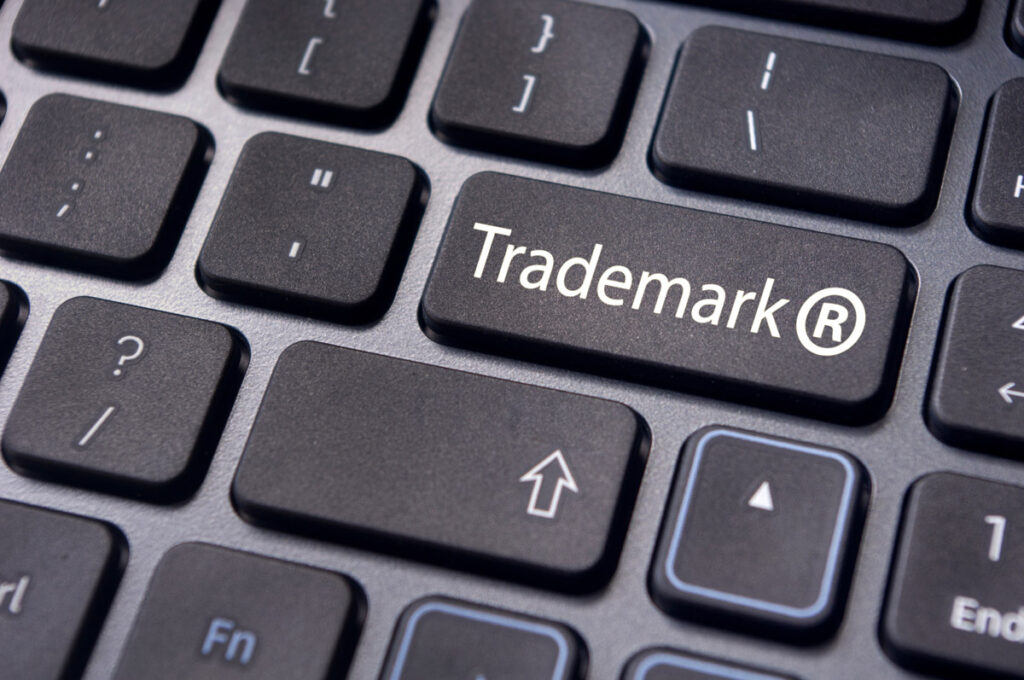In the world of online marketing and advertising, with the ongoing challenge to find eyeballs, companies will do almost anything to gain a competitive advantage when it comes to their search marketing and advertising strategies. This means going beyond traditional Google and Bing paid search efforts in order to drive more traffic and conversions to their websites and landing pages. Those traditional strategies can limit keyword coverage and this is why Google brought Dynamic Search Ads to the market in order to solve this challenge.
Dynamic Search Ads are shown based on the content of your website, allowing marketers to no longer have to maintain lists of keywords or landing pages. These ads use Google’s organic web-crawling technology to automatically target relevant search queries based on your website content and deliver a relevant experience to the user by letting Google do the legwork on your behalf. Unfortunately, the original intent of a new functionality is often manipulated and Dynamic Search Ads have begun to be referred to as Dirty Secret Ads by industry insiders.
So what is the dirty secret, you ask?
Thousands of advertisers have begun to manipulate the system to trigger ads that appear to be bypassing the normal editorial review process and not being computed properly for landing page quality score. Leveraging search results, advertisers have begin to use the algorithm of the onsite search technology to formulate what appear to the Google bot as static pages. These static pages will have a limited keyword correlation within a small snippet of the content to get ads served by Google dynamically, even though the foundational basis of the page is entirely irrelevant.
Dynamic Search Ads can be difficult to identify, as only the Advertiser and Google know the setup. The example below shows what seems to be a Dynamic Search Ad being employed by Target Corporation, a large sku operator that can benefit greatly from the technology.
As can be seen from within the ad presentation, it is a template ad dynamically inserting the keyword search term queried in “ralph lauren polo shirts”. For the average consumer, it seems like a very legitimate ad because Target is a respected brand name that carries a lot of merchandise in their stores. The consumer clicks on the ad and here is where they are taken on the Target website:
Looks like a standard category page that is part of browsing click navigation of the website. The Headlined copy at the top makes it look like a product category page. There is a navigational breadcrumb that suggests it is part of the product catalog hierarchy. There are even filter tools and sorting tools. Only problem is…Target doesn’t sell any Ralph Lauren Polo Shirts and the Google bot wasn’t intelligent enough to determine this.
Here is the URL for everyone to have some fun with the functionality Target has created to generate these dynamic pages that mirror a static page. Test out changing the words in the final directory to see how the navigation hierarchy is populated.
http://www.target.com/s/ralph%20lauren%20polo%20shirts
I personally had some fun and searched my name on the site given I share my name with a famous TV actor. I was able to generate 37 search results with a bread crumbed navigation path. Only problem is that my namesake was featured in only 3 of the 37 SKUs they presented.
Now let’s get back to the original “ralph lauren polo shirts” query. As we can see, Target doesn’t sell Ralph Lauren Polo Shirts which are only found at a small number of retailers nationwide. So, needless to say, there is a lot a cache for Target to present them as sellers of “ralph lauren polo shirts”. Target does however sell Ralph Lauren Polo cologne which basically any retailer can sell via wholesale purchase through a distributor network. Not much cache on that front. Therefore, by leveraging a very loose onsite search matching logic using the “OR” operand, Target is able to populate a page, make it look static and create a breadcrumb navigation to misrepresent it being part of the product catalog. Where Target errors here, if you refer back to the screenshot, is placing the “ralph lauren polo shirts” in the Personal Care category of the website rather than the Apparel. Whoops!!!!
Frankly, I cannot blame Target for wanting to leverage Dynamic Search Ads if in fact our assumptions are correct on their use of the functionality. And certainly Target is by no means the only advertiser using this Google functionality and leveraging it in this fashion to target keywords that have relevance to products they merchandise and sell. In reviewing SEM Rush data, Target’s keyword coverage has expanded by 8x in just 18 shorts months. This is monstrous growth that has certainly no doubt found more eyeballs and traffic generated substantially to their website.
What is most concerning is that a highly respected trademarked brand like Ralph Lauren was being leveraged in the Dynamic Search Ads process. In reviewing other ads on the SERP, the only other companies which had the trademark in their ad copy were retailers that were actual authorized merchandise resellers of the branded product. The only ad featured that did include the trademark in the ad that wasn’t an authorized reseller was Target. We give Target the absolute benefit of the doubt that this was unintentional if our Dynamic Search Ads usage assumption is correct, as they are a terrific company that always displays ethical business practices.
Our concern, and the real focus of this blog post, is why Google’s Dynamic Search Ads functionality would consider it open game to insert trademark terms into text ads? While Google is currently promoting the positive side of these ads for keyword expansion to Advertisers, our agency has found hundreds of trademark violations across the web that are occurring even in situations where trademark blocks are in place that are supposed to ensure the trademark in question cannot be used within an advertisement by anyone but the Advertiser themselves. Time and again, based on the templated ad copy, it appears Dynamic Search Ads are at the forefront. In short, blackhat SEO is now meeting paid search as savvy paid search marketers have found a hole in the functionality to target valuable trademark terms. Some of the violations are intended and some are clearly unintended, but nonetheless trademark violations are serious legal issues.
To alleviate these issues if they are happening to your trademarks, the standard trademark violation complaint is the only path for reconciliation. Google has expressed to our agency and to others they cannot proactively combat trademark violations, even if they are being triggered by their own technology.
Are you an advertiser with a well-known trademarked brand? Have you seen a rise in trademark violations in recent months? Not sure how rampant these violations are and impactful to your quality score and thus the CPC you are paying? We recommend signing up for Brand Verity for their free 2-week trial as a starting point to see just how significant the violations may be. For just one client, we found 536 unique trademark violations in just 48 hours of spidering. Shocking to say the least, we were not triggering them easily in a live environment.









